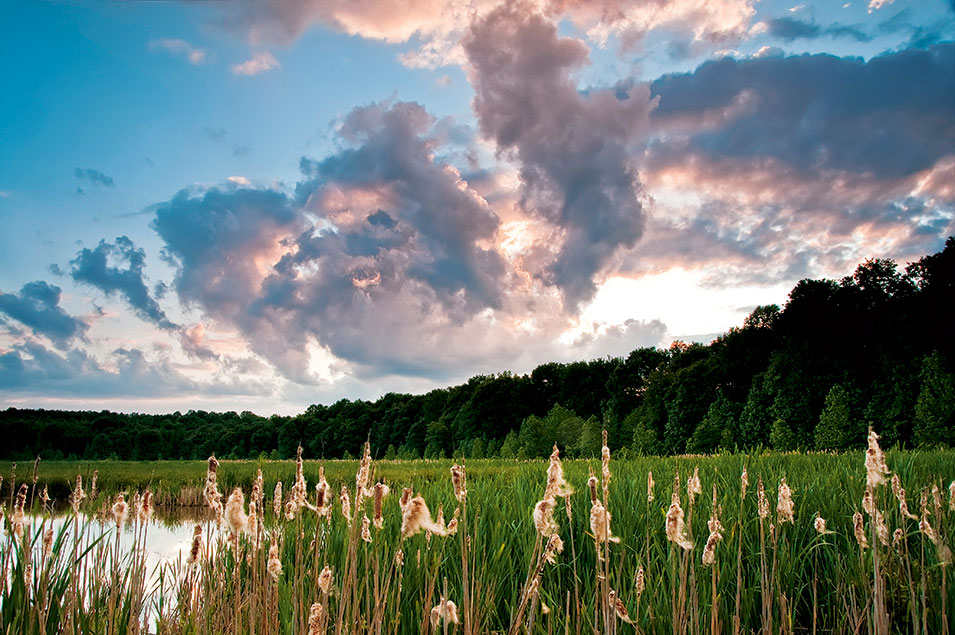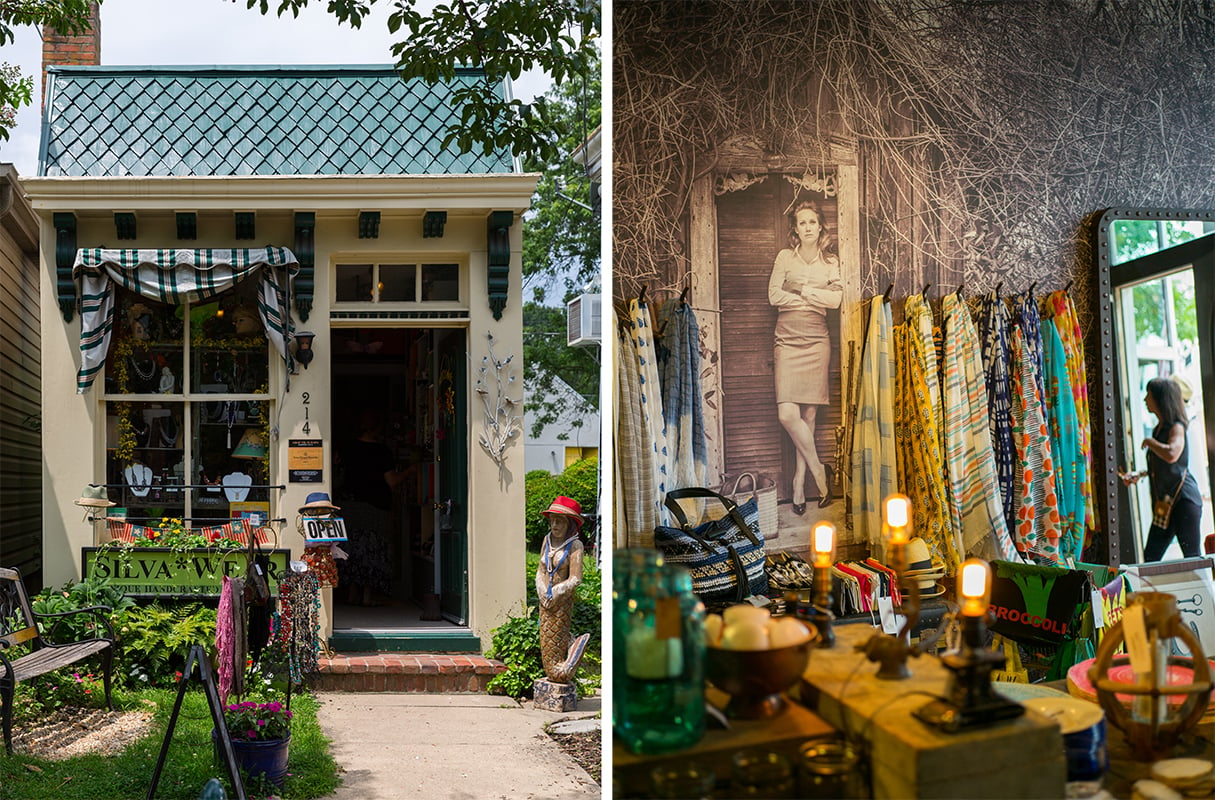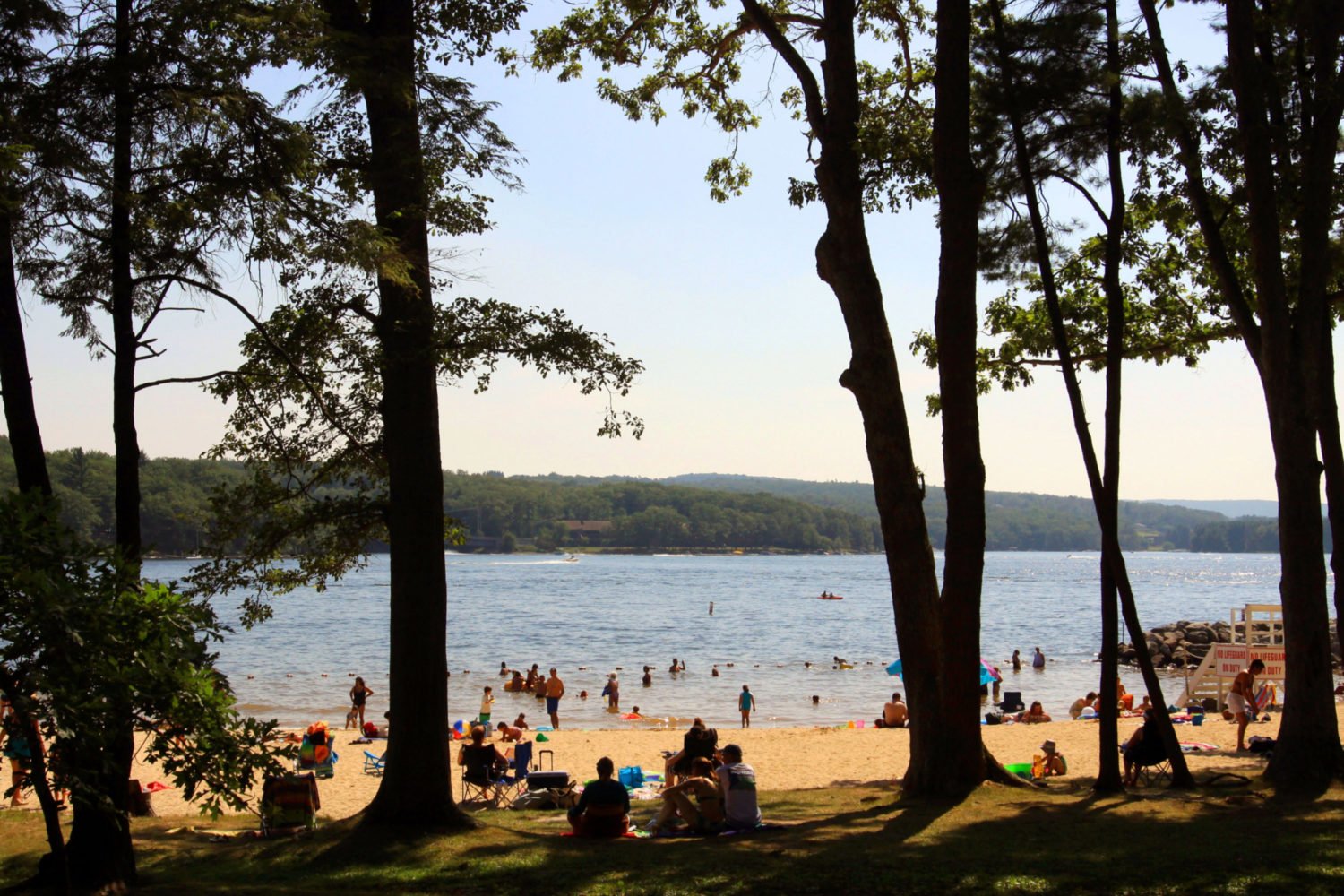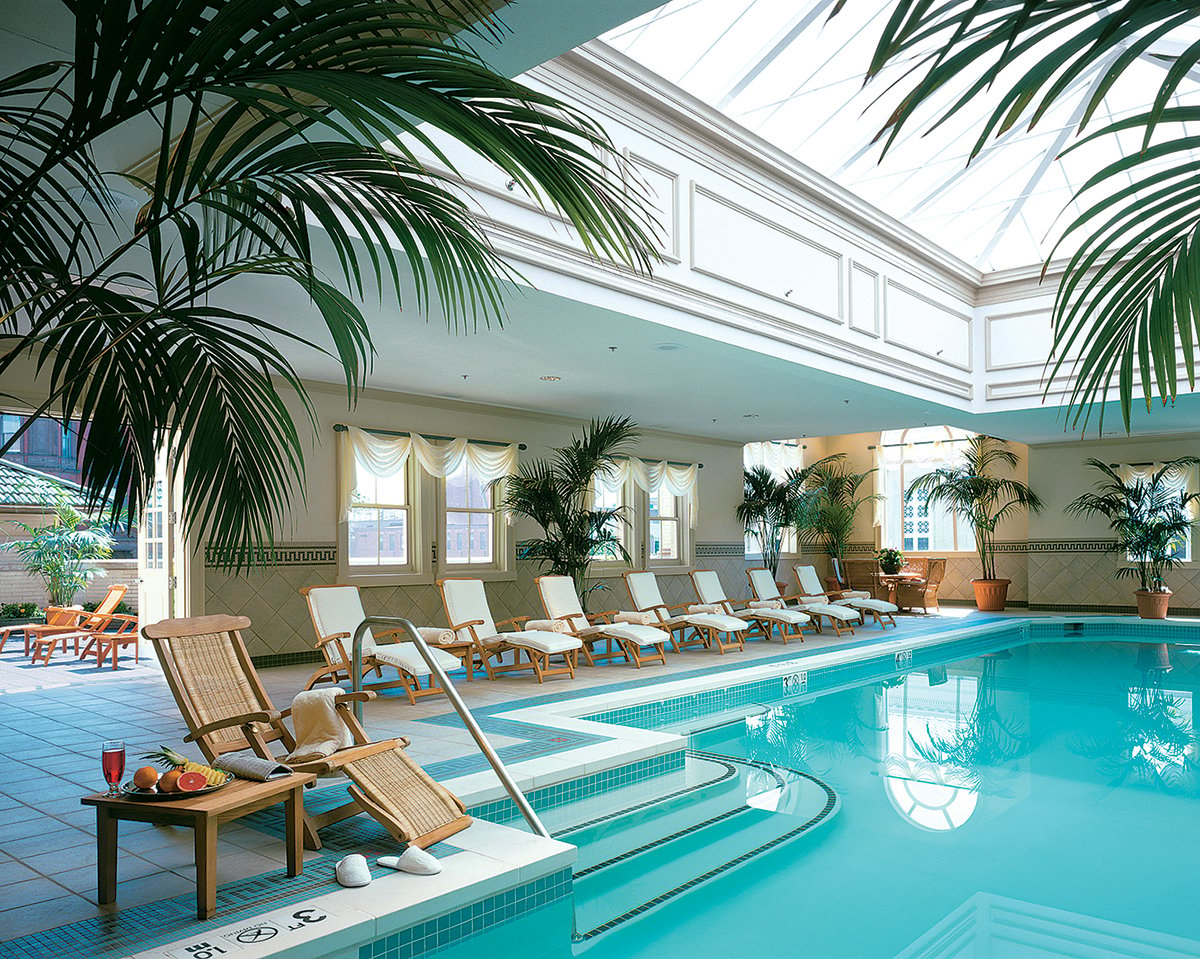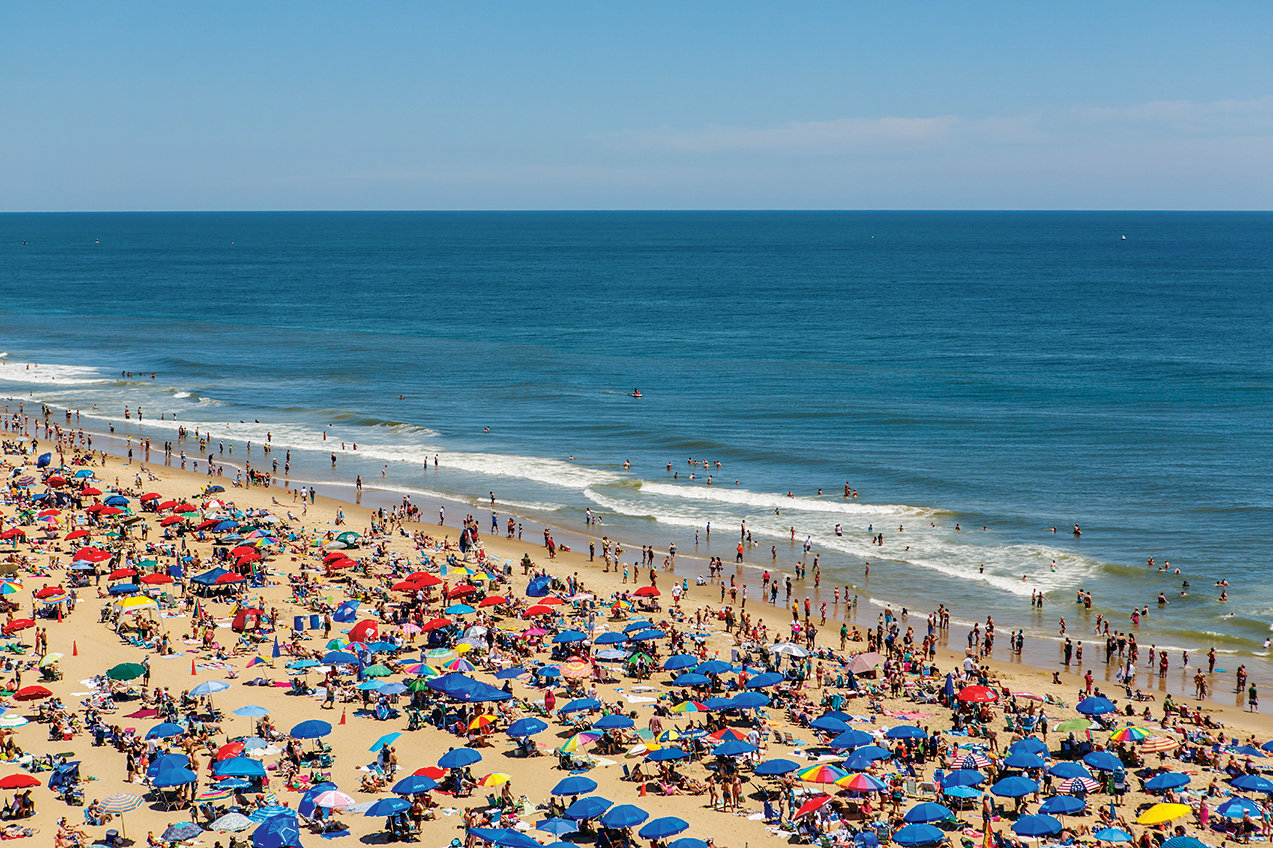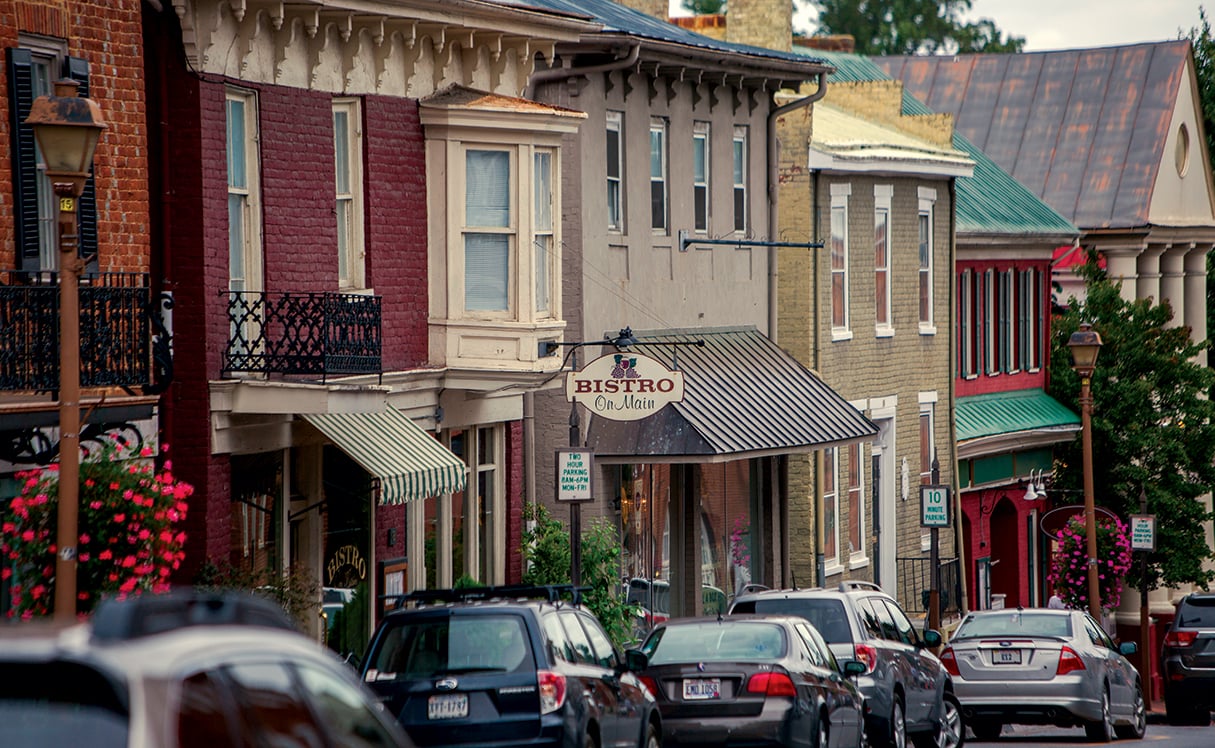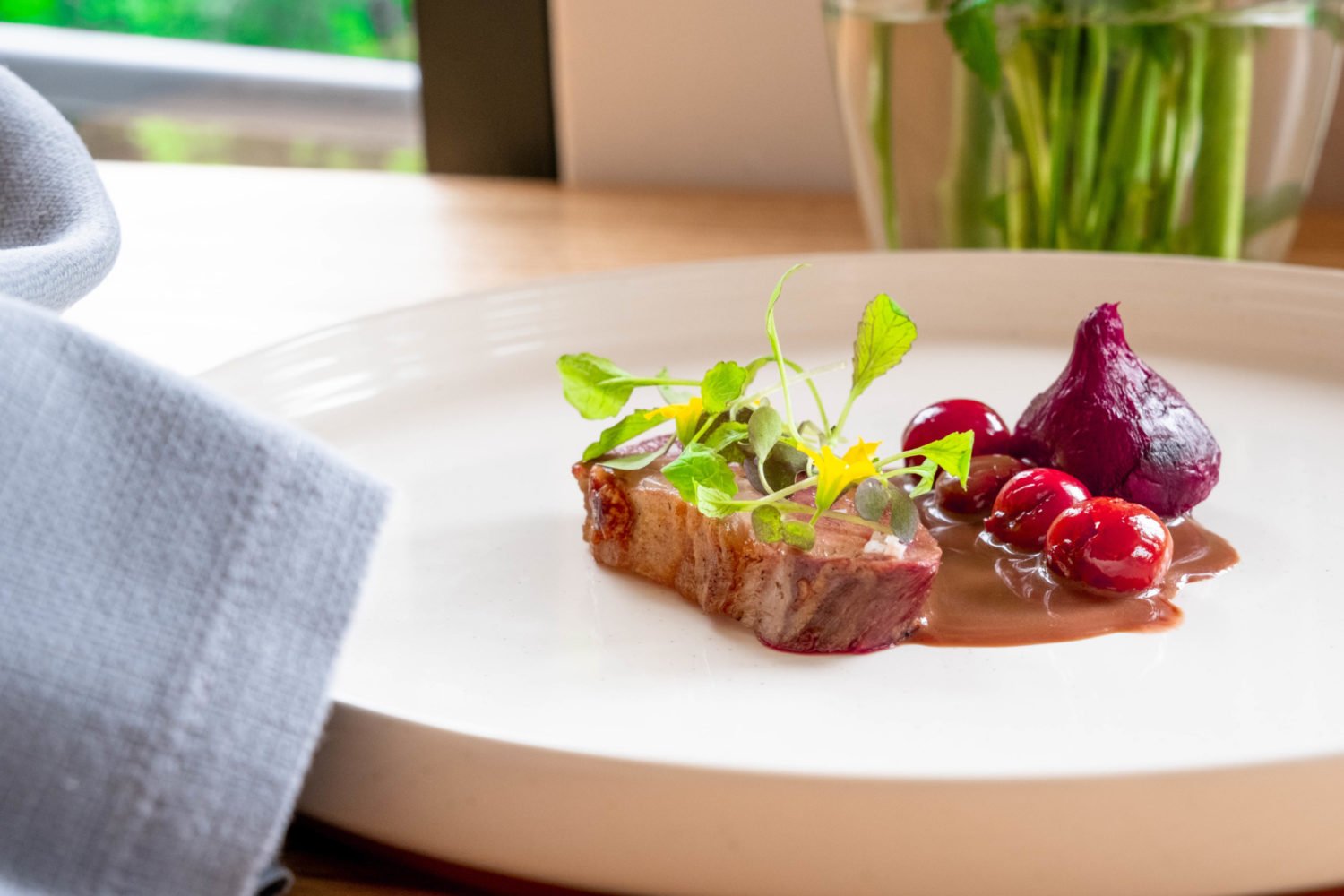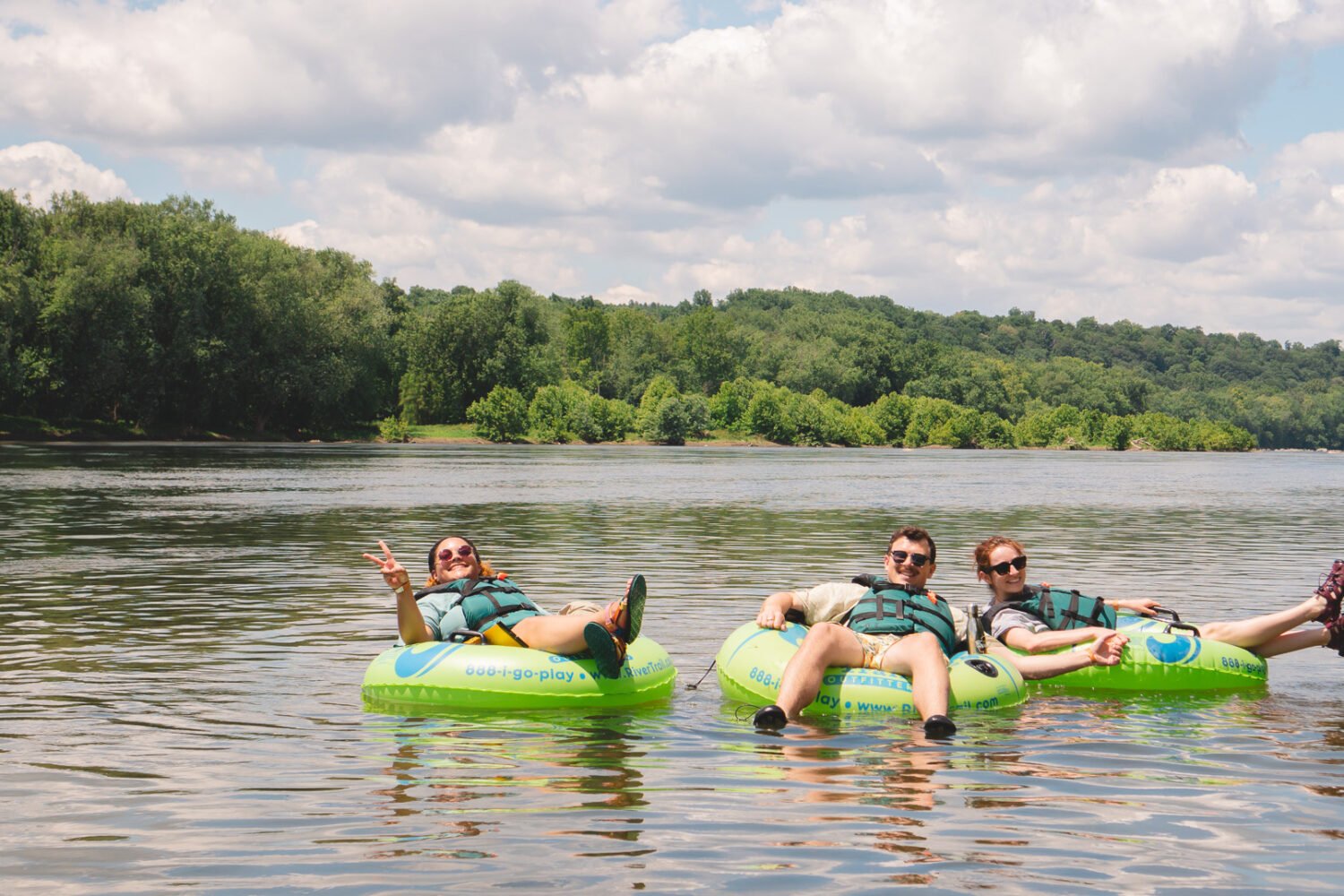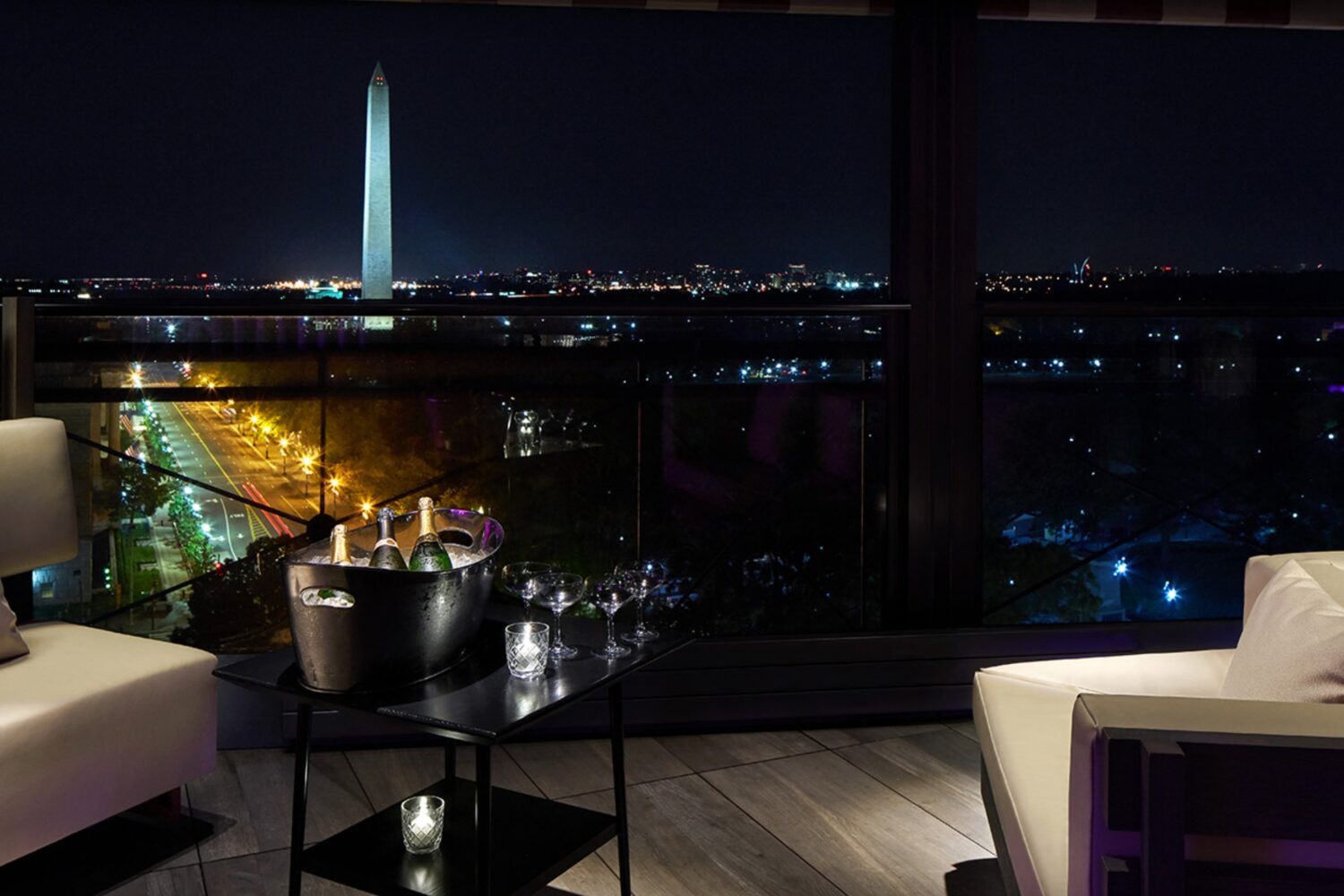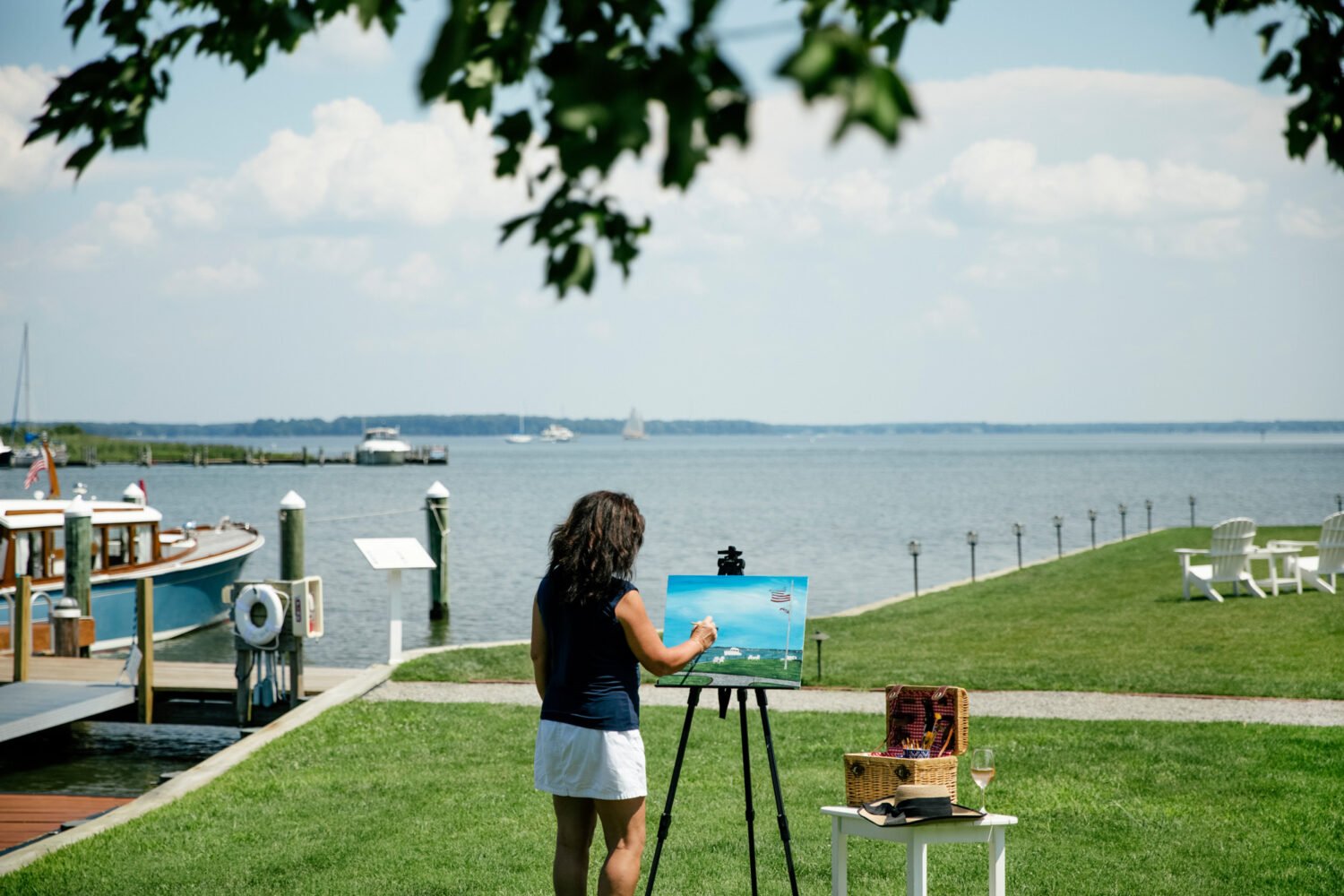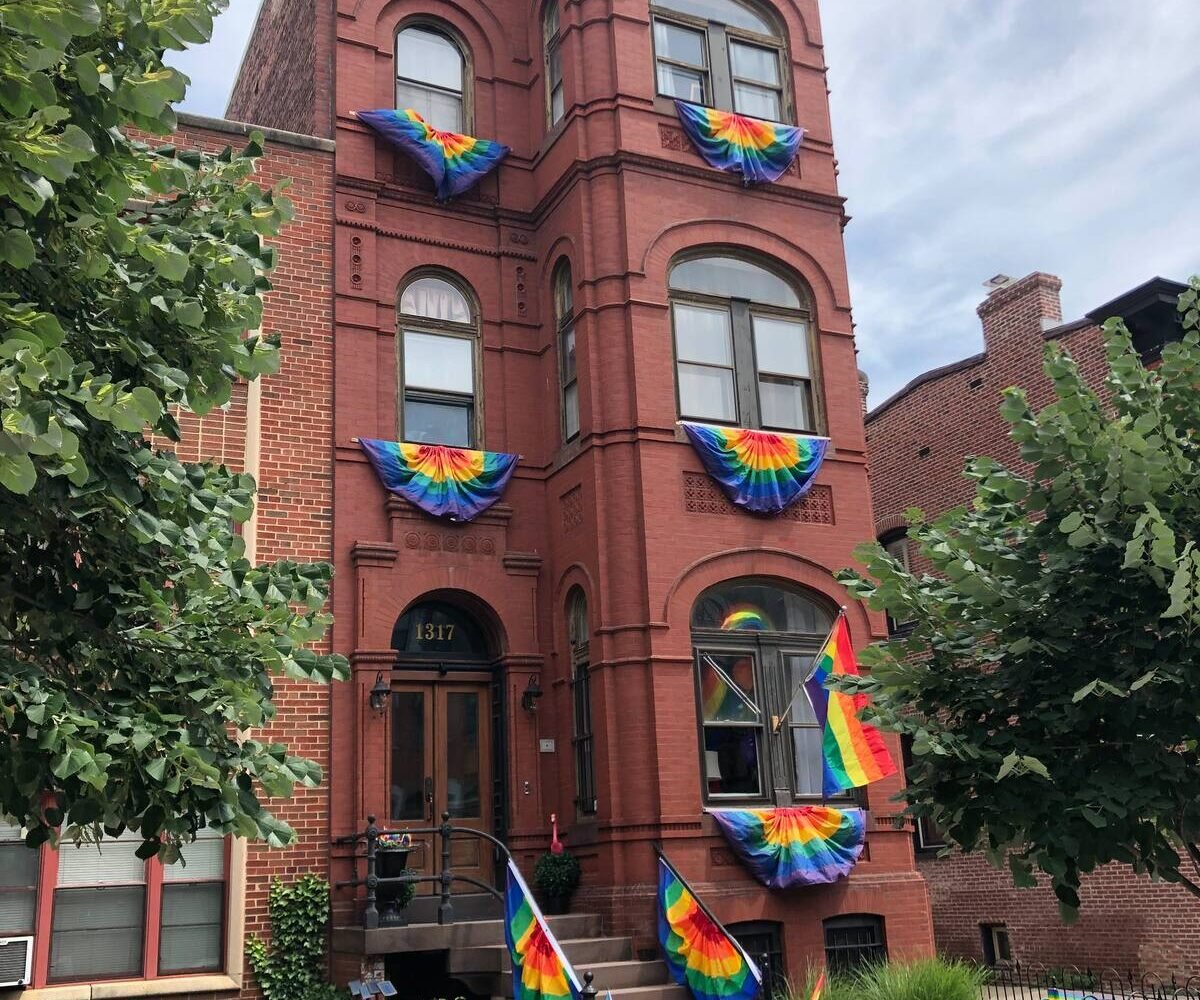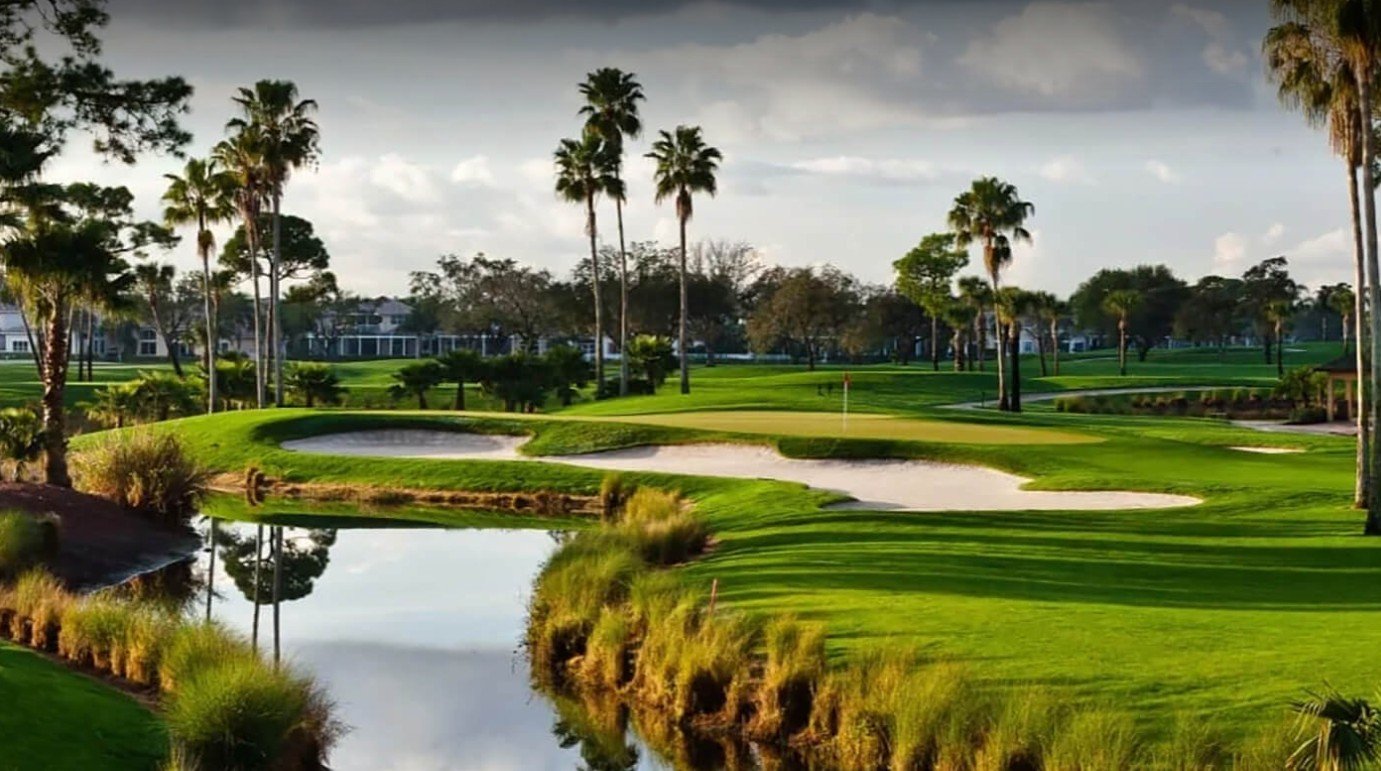Overheard on a recent Saturday afternoon at Fairfax County’s Huntley Meadows Park: “Look! There’s a goose! Look! There’s a turtle! Look! There’s a minnow! Look! There’s a pile of poop!”
Since being set aside as parkland in 1975, Huntley Meadows has been the place to introduce your sheltered, video-game-obsessed kid to the wonders of the natural world. Its two miles of trails, amid nearly 1,600 acres of wetlands and forest, are a living textbook of things that chirp, croak, chatter, and, ahem, do what comes naturally.
Start at the visitor center to get the lay of the land. Here you’ll find an introduction to the area’s critters—among them foxes, muskrats, deer, 13 kinds of snakes, eight types of turtles, and more than 200 species of birds. Huntley Meadows might be the best spot in the area for bird-watching. (The volunteer-led bird walks every Monday morning are a great way to learn how to tell your warblers from your wrens.)
Like the rest of the wooded trails, the pathway from the visitor center is crushed gravel and easily navigated. Pick up a trail guide and follow the numbered markers that point out natural features, from wild grapevines to invasive Japanese barberry.
It’s a third of a mile through thick woods to the wetlands boardwalk. That’s where the kids will really get excited. The 0.6-mile wooden walkway runs over the water, really a “hemi-marsh,” meaning it’s 50 percent water and 50 percent vegetation. It’s the largest non-tidal wetlands in Northern Virginia and an area so otherworldly that it’s hard to believe you’re just minutes from Route 1 and three McDonald’s.
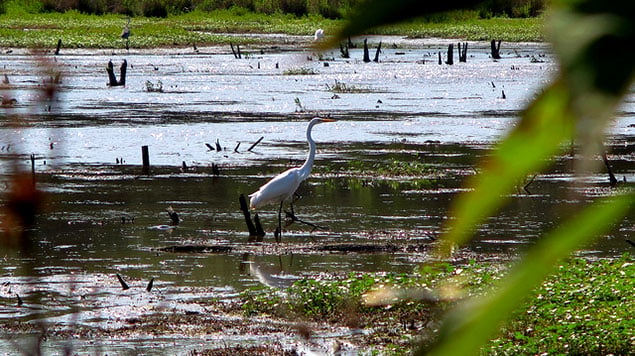
Immediately, a chorus of frogs—guttural Southern leopards; high-pitched spring peepers; and green frogs, whose calls sound like plucked banjos—will greet you. Add to the cacophony a horn section of honking Canada geese and singing red-winged blackbirds and the scene can be downright loud. Only the jets coming in and out of nearby Reagan National Airport drown out the all-natural soundtrack.
Take your time here while looking for beavers, muskrats, and darting dragonflies in the thick mess of cattails poking up from the primordial soup. Thank-fully, joggers, bicyclists, and dogs are not allowed on the boardwalk, so as not to disturb the wildlife (or the people watching it).
From the observation platform—at about the halfway point—you’ll see a battery of beaver lodges that resemble collapsed houses of Lincoln Logs. This is also a good spot to look for egrets and herons as well as turtles sunning themselves on fallen trees in the water.
Be thankful this area was preserved as a park and doesn’t function as a landing strip for zeppelins (yes, zeppelins), as smooth-talking entrepreneur Henry Woodhouse envisioned when he acquired the land in 1929. The federal government used the acreage in subsequent decades for everything from a road-surface test track to a top-secret radio-communication research facility before declaring the land surplus in 1971.
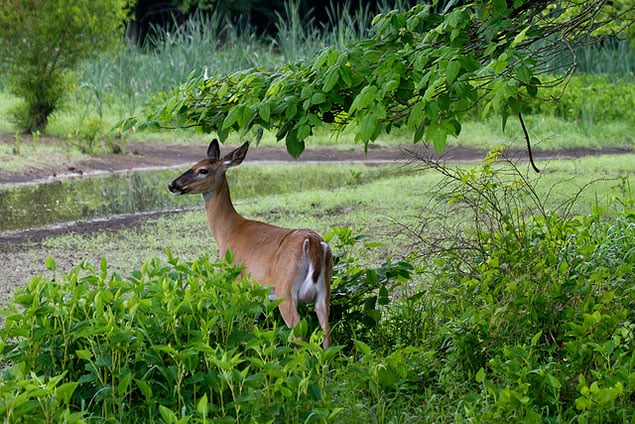
After the boardwalk ends, it’s back into the woods. The red-blazed Deer Trail meanders past beech trees and flowering swamp rose. Connect with the green-blazed Cedar Trail to loop back to the visitor center. The two miles of trails go quickly, but it’s the perfect length for families, and few other parks pack as much wildlife into such a compact space. Besides, no one says you can’t walk it twice. You never know what you might see—or hear—along the way.
For more information visit Fairfax County Park Authority. 3701 Lockheed Blvd., Alexandria; 703-768-2525.
Go Back to Our List of Great Walks ››
This article appears in our May 2015 issue of Washingtonian.

